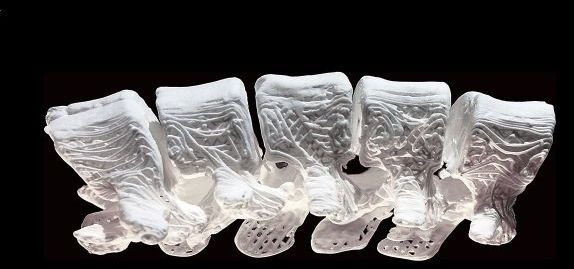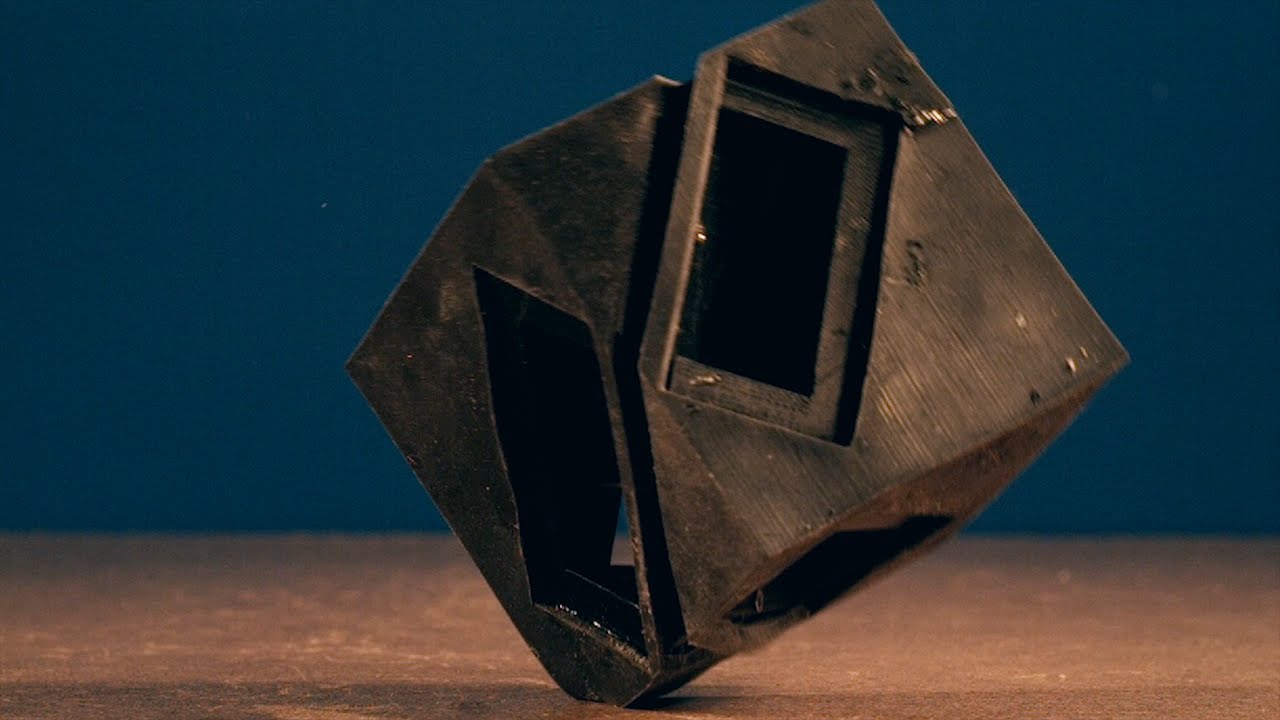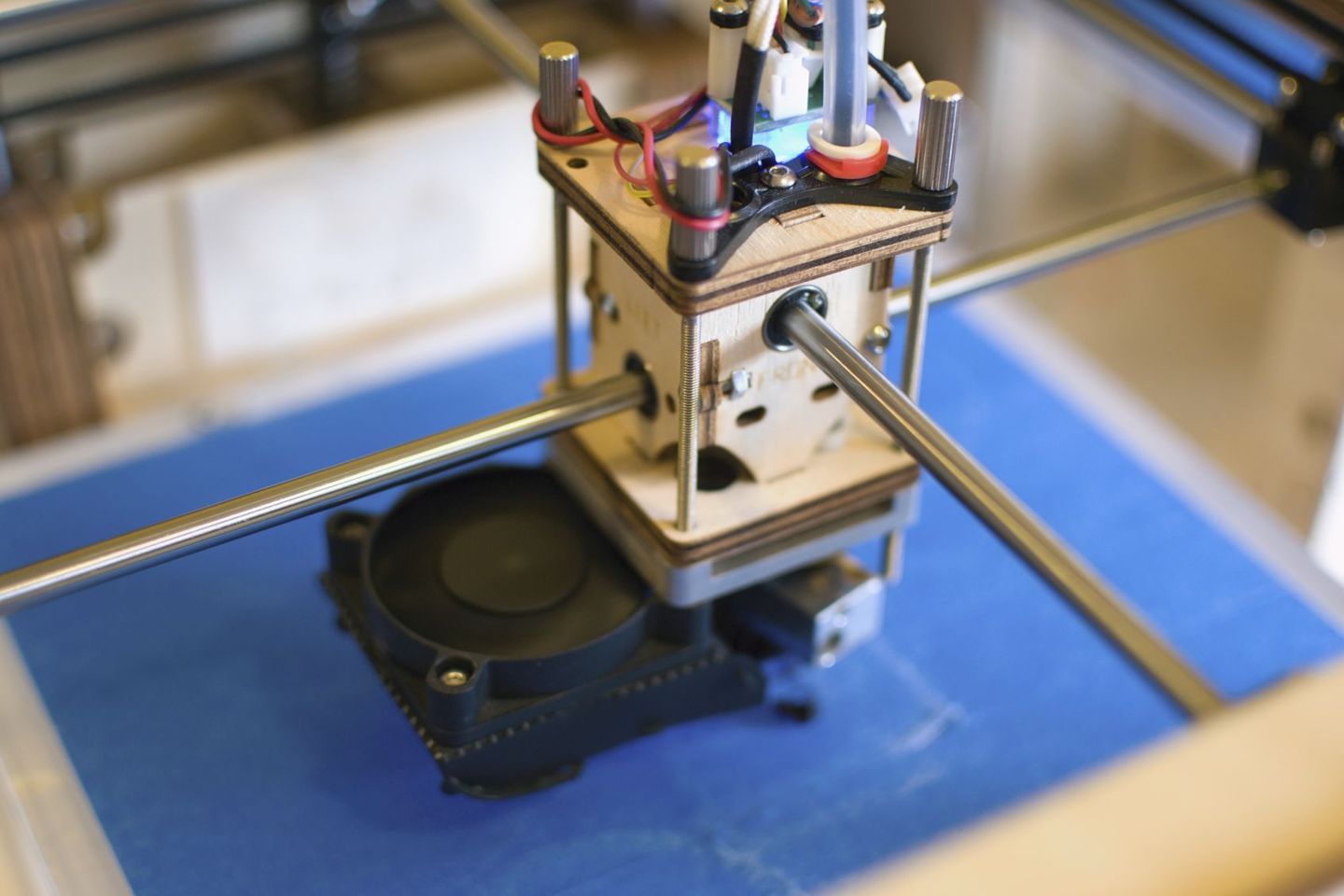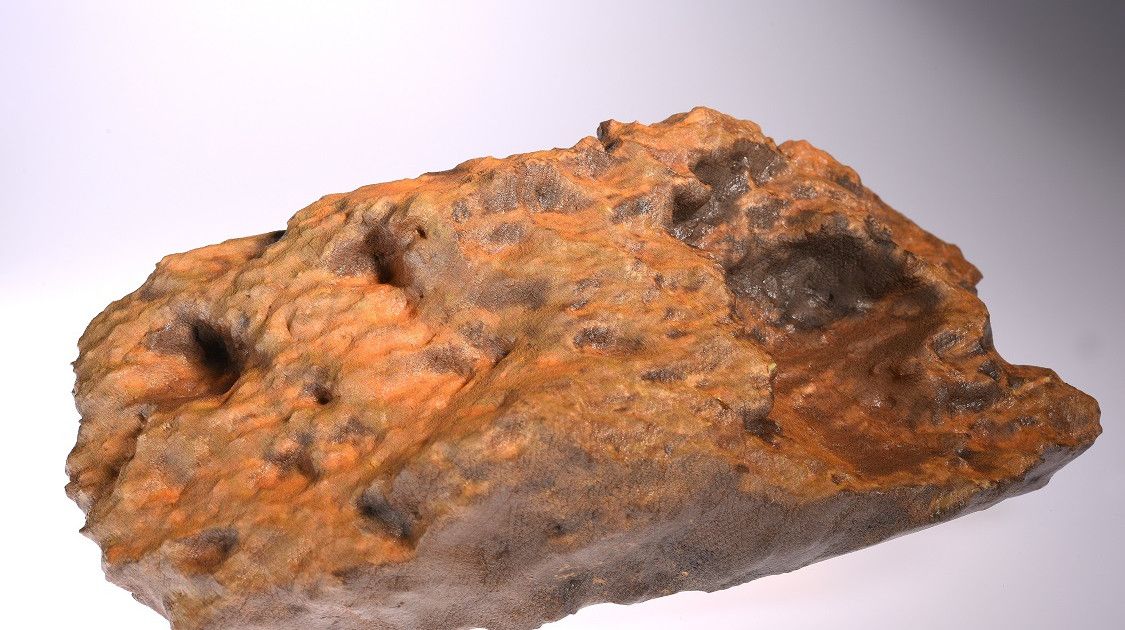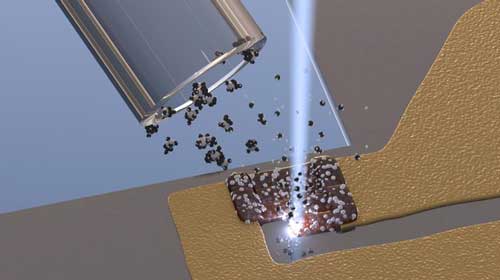Oct 4, 2016
Doctors Can Now 3D-Print Bones On Demand, Thanks to a New “Hyperelastic” Material
Posted by Shailesh Prasad in categories: 3D printing, biotech/medical
In Brief.
- New 3D printed bones are ‘hyperelastic,’ making them more malleable during procedures.
- 3D printers in hospitals could provide the hyperelastic bone ink, so surgeons could make implants in 24 hours.
Remarkable.
This best describes the new bone-mending technology developed at Northwestern University in Evanston, Illinois by Ramille Shah and her colleagues. They used ink made from a natural bone mineral called hydroxyapatite, mixed with PLGA, a mineral-binding polymer that makes the implants elastic.
